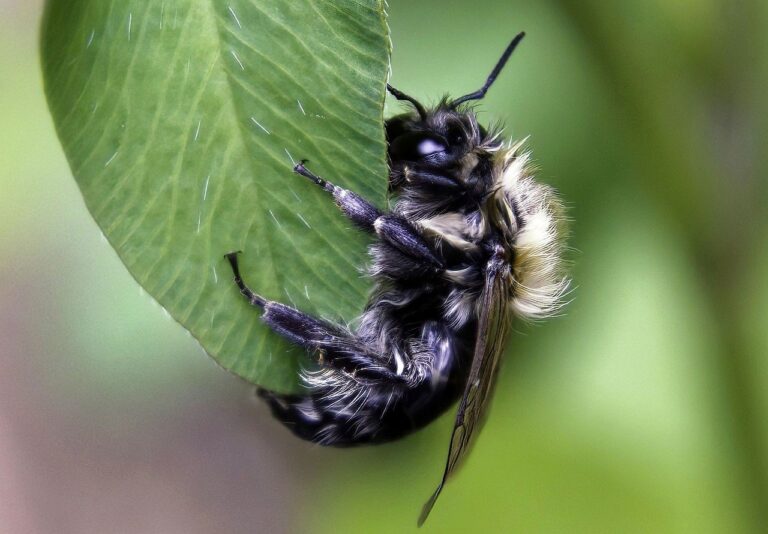Today a single manufacturer of containers, making use of plastic molding, can supply bottles with varying dimensions and stability after that turn around and supply a sturdy plastic tank to an industrial client. All they need to expand their container organization is a skilled team of developers and tool makers. They can provide products for health and wellness and appeal, auto, beverage, medical, chemical and extra as long as the requirements are fulfilled.
Essentially, a mold that is the inverse of the container is developed with liquified plastic. Relying on the end use the container, the mold will certainly be loaded with high-density polyethylene, linear low-density polyethylene or copolymer plastics. Anything from FDA Grade products to lower top quality storage space containers can be established with a high level of precision. Plastic injection molding allows developers and designers to function very closely with tool and pass away makers to establish exactly what’s needed from design through production.
When the plastic itself has been made, the PET bottle manufacturing process can begin. To guarantee that the plastic is appropriate for use, various tests are done post-manufacturing to inspect that the bottles are impermeable by co2 (which is important for bottles that lug soft drink). Other elements, such as transparency, gloss, ruin resistance, thickness, and pressure resistance, are also thoroughly kept track of.
Custom Plastic box is the process of custom plastic box manufacturers to personalize and process unique products for customers. The reason that it is called unique products is that different markets have various customer needs, and each customer might have a unique product suggestion, so it is needed to cooperate with custom plastic box manufacturers to upgrade the structure and engineering drawings of the plastic boxes that need to be personalized. If the customer does not have a sample, our design department can give modification services for plastic boxes. Custom Plastic box includes product design and product packaging design. As one of specialist china plastic box manufacturers, we have the very own custom plastic box design department.
Another polycarbonate, polyethylene is used for manufacturing blow-molded milk and water jugs, detergent bottles, catsup bottles, spray bottles, and other products. Both LDPE and HDPE can be thermoformed, blow-molded, injection-molded, etc. LDPE was just one of the first plastics to be blow molded and today it is still used for making squeezable bottles, as it has high ductility compared with HDPE, but lower stamina. HDPE is used for numerous forms of pourable bottles. The material in its natural form is typically white or black and becomes clear when thinned to the measurements of milk bottles and the like. Suppliers can readjust solution to raise tear toughness, openness, formability, printability, or other parameters.
Polyethylene Terephthalate is a polycarbonate polymer that can be either nontransparent or transparent, depending on the specific material structure. Similar to most plastics, PET is produced from petroleum hydrocarbons, through a response in between ethylene glycol and terephthalic acid. The PET is polymerized to create lengthy molecular chains, which permits it to create PET bottles later.
Polypropylene (PP) is used for pill bottles and the like. Polycarbonate (PC) is used for refillable canteen and comparable multiple-use containers. To comprehend the manufacturing process, it is useful to first take a look at the compositions of the products they’re made from. 250ml pet bottle suppliers can also learn more regarding exactly how glass bottles are made and types of glass bottles in our other overviews. As mentioned above, plastic bottles are typically constructed from PET, PP, PC, and PE. PE is often referred to as LDPE (Low-Density Polyethylene) or HDPE (High-Density Polyethylene). We’ll be taking a look at how each material influences the bottle manufacturing process listed below.
Plastic bottle manufacturing happens in stages. Plastic bottle manufacturers generally use among four kinds of plastic to create bottles. Typically, the plastic bottles used to hold safe and clean water and other beverages are made from polyethylene terephthalate (PET), due to the fact that the material is both solid and light. Polyethylene (PE) in its high-density form is used for making stiff plastic bottles such as detergent bottles and in its low-density form for making capture bottles.
Other bottle manufacturing procedures integrate the formation of the parisons and the blow molding in a solitary continuous process. One such device is a continual extrusion machine where an extruder is constantly generating a parison. In the extrusion blow molding process, the parison forms vertically and its wall thickness is differed by transforming the dimension of the orifice where the parison extrudes. Mold halves close over the suspended parison and transfer it to the blow molding terminal where the bottle is formed as in the 2nd step of the RBM process explained above. Varying the wall thickness addresses the problem of non-uniformity of the hanging parison as the weight of the formed portion would certainly or else extend the hot and still-forming section above it. Wall thickness is hence boosted as the parison forms to create a consistent thickness throughout the formation.
Polymerization itself can be a complicated process and make up many of the disparities in between one batch of produced PET and an additional. Typically, 2 kinds of impurities are produced during polymerization: diethylene glycol and acetaldehyde. Although diethylene glycol is generally not produced in high sufficient amounts to impact PET, acetaldehyde can not just be produced during polymerization yet also during the bottle manufacturing process. A large amount of acetaldehyde in PET used for bottle manufacturing can provide the beverage inside a strange preference.
Subscribe to Updates
Get the latest creative news from FooBar about art, design and business.
